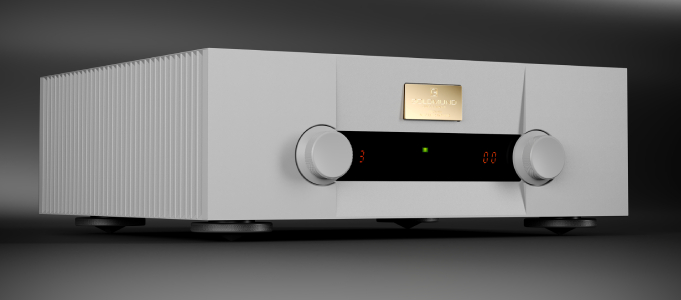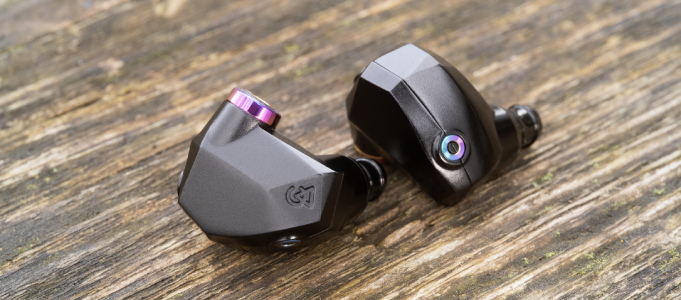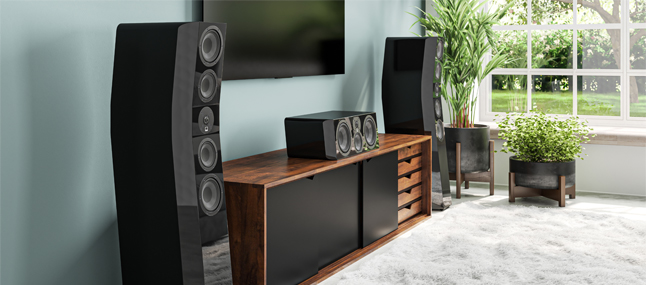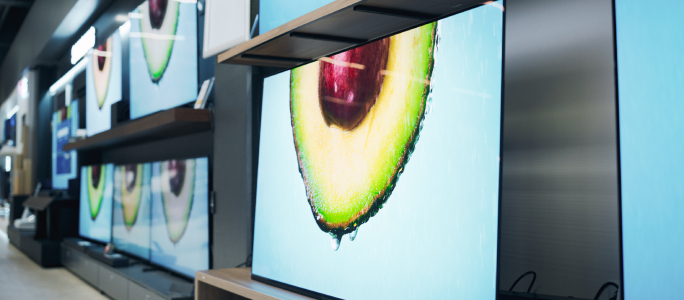Bowers & Wilkins PX7 Wireless Headphones Review

With trick tech and special tuning, Bowers & Wilkins' new PX7 noise-cancelling headphones promise to be the company’s best yet. Matthew Jens decides…
Bowers & Wilkins
PX7 Wireless Headphones
£350

In late 2017, Bowers & Wilkins launched its first PX-series pair of headphones, and since then has not looked back. “A massive success for us,” a company spokesman told StereoNET, “this product established Bowers & Wilkins as a serious contender in the category.” The new PX7 you see here has meaningful improvements that will appeal to a wider audience, it is claimed. While commentators have quarrelled over whether or not the PX7 is actually a direct upgrade to the PX or not, Bowers & Wilkins says it is an evolution – with better comfort, sonics and wireless performance. These are all areas where wireless headphones as a breed need to do better…
Whereas its predecessor cost £329.99, this new design is a tad pricier at £350, placing the PX7 bang-smack in the middle of the premium noise-cancelling market. It locks horns with the Sennheiser Momentum 3 (£350) Bose Noise Cancelling 700 (£350) and the Beoplay H8i wireless (£350). The question is, how does this stack up in such exalted company? This is a market where no prisoners are taken – it’s dog eat dog.
The most obvious thing that strikes you about this pair of headphones is the build quality. Despite incorporating weight-saving materials like carbon-fibre, it’s still a not inconsiderable 310g – down only a little from the PX predecessor and close to its Sennheiser Momentum 3 rival, which is 5g lighter. The result is a substantial feeling design, yet one that’s not too unwieldy. Indeed, fit and finish is superb; the company says that careful research went not only into the materials but also how they were positioned. The carbon fibre frame brings a feeling of strength and rigidity, as well as giving it a unique aesthetic that’s both staunch and classy.

Under the hood, we see the largest drivers in the entire wireless headphone lineup – measuring a chunky 43.6mm in diameter. The manufacturer boasts that they were designed and built by the same engineers responsible for Bowers & Wilkins' 800 Diamond-series loudspeakers. A frequency response of 10Hz to 30kHz is quoted, with a total harmonic distortion figure of less than 0.3% (at 1kHz/10mW) – impressive stuff.
The PX7 runs a Bluetooth 5.0 connection and the aptX Adaptive protocol for data transmission – which includes both aptX HD and aptX Classic compatibility. The first of these three is brand new and represents a special engineering tie-in with US company Qualcomm, which developed these codecs. They will, of course, appear in other manufacturers’ products, but the new Bowers wireless design is the first to use it. It claims to offer better sound quality, dramatically so compared to the original aptX codec which itself was far better than non-aptX Bluetooth. So we’re getting to the point now where wireless headphones aren’t being held back by their wireless transmission systems in the way that they were, just a few years ago.
As you would expect, such techno-wizardry chews up battery life, but Bowers & Wilkins has fitted a good-sized lithium polymer rechargeable, and the result is that it’s not really an issue – certainly not compared to the average smartphone. The company quotes thirty hours from a full charge running Bluetooth with the noise-cancelling [ANC] on, or five hours from a fifteen-minute charge. Other features on this phone include four microphones for the ANC system and two for telephony, running the CVC2 [Clear Voice Communication v2] standard.
The design sports a 3.5mm stereo jack and USB-C audio inputs, in addition to its Bluetooth functionality. It’s very easy to get up and running, even without the app – which allows adjustment of noise-cancelling and ambient pass-through settings, as well as other things like standby timers, firmware updates and the wear-sensor sensitivity. The latter is used to pause the music when you take the phones off. Some might mourn the lack of an adjustable equaliser – i.e. tone controls – but I am aware that this isn’t quite Bowers & Wilkins’ style. I’m very happy that the PX7 lacks touch controls – which can be a right pain when out and about – while the controls it does have, gives a positive, intuitive click when used.

SOUND QUALITY
There’s no mistaking the fact this pair of headphones has the largest drive units in the Bowers & Wilkins wireless range because the sound is powerful and gutsy. Yet it isn’t slow or over smooth, and indeed has a great deal of speed. It can bust out some lightning-fast transients when asked to, yet it still sounds relaxed, controlled and confident. Do not mistake this for “boring”, however, because the PX7 is far from this…
Fed from a range of devices, including an Apple iPad Pro and a Galaxy Note 10+, the new Bowers really impressed me. With Blossom by David August, for example, there was more than enough punch and rumble to make the kicks jump right out and take centre stage. Yet there’s still plenty of headroom for the piano samples to float through the mix undisturbed. When the wavy basslines started rolling through the mix, the warm, bassy nature of the sound was revealed in full.

Along with this agility, there’s real body, too. The Rain by Rejjie Snow is an eclectic, jazzy hip-hop song with unusually quiet samples and moments hidden in the background, buried deep in the mix. These cans relived these usually hushed moments in time without a struggle, showing the deep-reaching dynamic range. For example, the entire song is peppered with a jazz drum brush, gently scraping away to the left. With the PX7 this was more pronounced than its popular market rival, the Bose NC700. There was less of a sense of percussion being pushed back in the mix, to get the sound smooth. Instead, this pair of headphones let it stand out.
Indeed, soundstaging is seriously special. The angled pads of the PX7 do a great job of pushing the recorded acoustic out as wide as possible for a closed-back noise-cancelling design, giving it a little more reach than most rivals. Small tuning tweaks like this – and many others of course – go a long way in headphone design, and Bowers & Wilkins is a company of immense experience and not inconsiderable R&D resources. The result is a big, expansive sound that matches the physically fulsome and punchy tonal balance.
The overall signature is tonally full yet spatially open, then. It’s arguably just a little too sumptuous for mixing but certainly sounds a pleasure to play. It is rather like being wrapped in a thick blanket on a cold night; the listener feels snug, cosseted and protected from a sibilant treble or a bright upper midband. The fact that the bass has a harder kick than you might expect, will be all the more agreeable for many.

OUT AND ABOUT
On more practical matters, the CVC2 microphones helped keep voice calls clean, and there were no complaints on either end of the line here. Some people I spoke to on the other end commented that there was plenty of background noise being picked up as well as my voice, but this is fairly normal and didn’t cause any problems.
The noise-cancelling proved highly effective. The PX7 was neck and neck with the excellent Bose NC700 at keeping ambient noise at bay. Indeed, it was hard to pick a favourite between the two in this department. While the Bose rival has slightly stronger noise-cancelling, it comes with the tradeoff of having an intense feeling of eardrum pressure as well, so is simply less comfortable.
As with the Sennheiser, the PX7’s noise-cancelling was biased towards the bottom end of the scale. It did a great job of eliminating external low-end nasties and seemed to have a noise-cancelling high pass filter set at different ranges. The Bose has the highest high-pass frequency, followed by the PX7, which seems to allow just a tad more external midrange into the mix. In other words, this pair of headphones carries on the tradition set by its predecessor, being able to match the class-of-the-field Bose reference no less. Like its PX predecessor, there’s an audio pass-through feature too.

THE VERDICT
 The first generation Bowers & Wilkins PX was a great success, creating a flame that burned brightly in the already busy noise-cancelling market. The new PX7 looks to build on this thanks to excellent sound, superlative build, sensible features and great styling. Those looking for a flagship luxury noise-cancelling headphone design – but who don’t want the Bose that everyone else seems to have – now have an excellent alternative to consider. There’s a sense that Bowers & Wilkins is now finally finding its feet in the high-end wireless headphone market so to speak – and things may never be quite the same again…
The first generation Bowers & Wilkins PX was a great success, creating a flame that burned brightly in the already busy noise-cancelling market. The new PX7 looks to build on this thanks to excellent sound, superlative build, sensible features and great styling. Those looking for a flagship luxury noise-cancelling headphone design – but who don’t want the Bose that everyone else seems to have – now have an excellent alternative to consider. There’s a sense that Bowers & Wilkins is now finally finding its feet in the high-end wireless headphone market so to speak – and things may never be quite the same again…
For more information, visit Bowers & Wilkins.
- Sound United

Distributor
Matthew Jens
Constantly keeping himself busy, Matthew is a production manager, Brazilian jiu-jitsu blue belt, Head-Fi fanatic, coffee enthusiast and all-round cool Dad.
Posted in:Headphones Applause Awards 2019 Headphones Over / On Ear Noise Cancelling
Tags: bowers wilkins sound united
JOIN IN THE DISCUSSION
Want to share your opinion or get advice from other enthusiasts? Then head into the Message Forums where thousands of other enthusiasts are communicating on a daily basis.
CLICK HERE FOR FREE MEMBERSHIP






